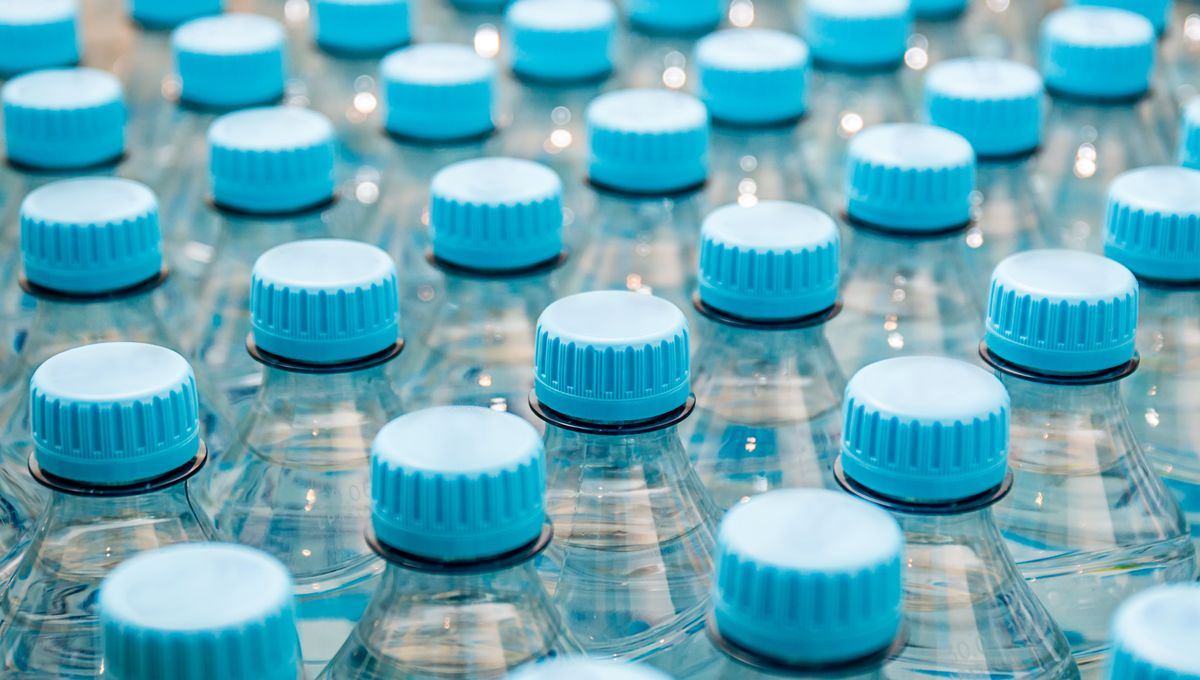
Toxic molecules might be extremely common in both tap and bottled water in many places around the world. Analysis of drinking water from 15 countries shows the presence of Perfluorooctanoic acid (PFOA) and perfluorooctane sulfonate (PFOS) in over 99 percent of sampled bottled water from Asia, Europe, North America, and Oceania.
PFOA and PFOS are examples of perfluoroalkyl substances also known as PFAS or by the popular nickname ‘forever chemicals’ are toxic substances that are used commonly in industry due to their unusual properties. They can make materials stain-proof, stick-proof, and fire-proof but they do not degrade in nature which leads to their accumulation in the environment and in particular in water sources.
The new research also highlighted that tap water also has PFAS in it but at varying levels. Tests conducted in Birmingham (UK) and Shenzhen (China) have shown that British water has lower levels compared to the Chinese counterpart but still, the chemicals are found in both. However, filtration or boiling water can remove 50 to 90 percent of them.
“Our findings highlight the widespread presence of PFAS in drinking water and the effectiveness of simple treatment methods to reduce their levels. Either using a simple water filtration jug or boiling the water removes a substantial proportion of these substances,” co-author Professor Stuart Harrad, from the University of Birmingham, said in a statement.
“While current PFAS levels in most water samples are not a major health concern, ongoing monitoring and regulation are crucial to protect public health. We provide valuable data on the presence of PFAS in drinking water alongside practical solutions to mitigate consumer exposure via drinking water. This is a significant step towards ensuring safer drinking water for communities worldwide.”
The study has shown that natural mineral water had higher concentrations of PFAS compared to purified water. The concentrations were below health advisory levels but it showed a simple fact that has been highlighted in many studies. PFAS are spread out in the environment.
“Increased awareness about the presence of PFAS in both tap and bottled water can lead to more informed choices by consumers, encouraging the use of water purification methods,” added co-author Professor Yi Zheng, from Southern University of Science and Technology. “Our findings also suggest that the potential health risks of PFAS in drinking water may be influenced by lifestyle and economic conditions, highlighting the need for future research to further explore these factors from a socio-economic perspective.”
There are methods to remove PFAS from drinking water that are fairly inexpensive if governments decide to act. Even better would be for polluters not to spread them in the environment in the first place.
A paper discussing the results is published in the journal ACS ES&T Water.
Source Link: Forever Chemicals Found In 99 Percent Of Bottled Water From Around The World